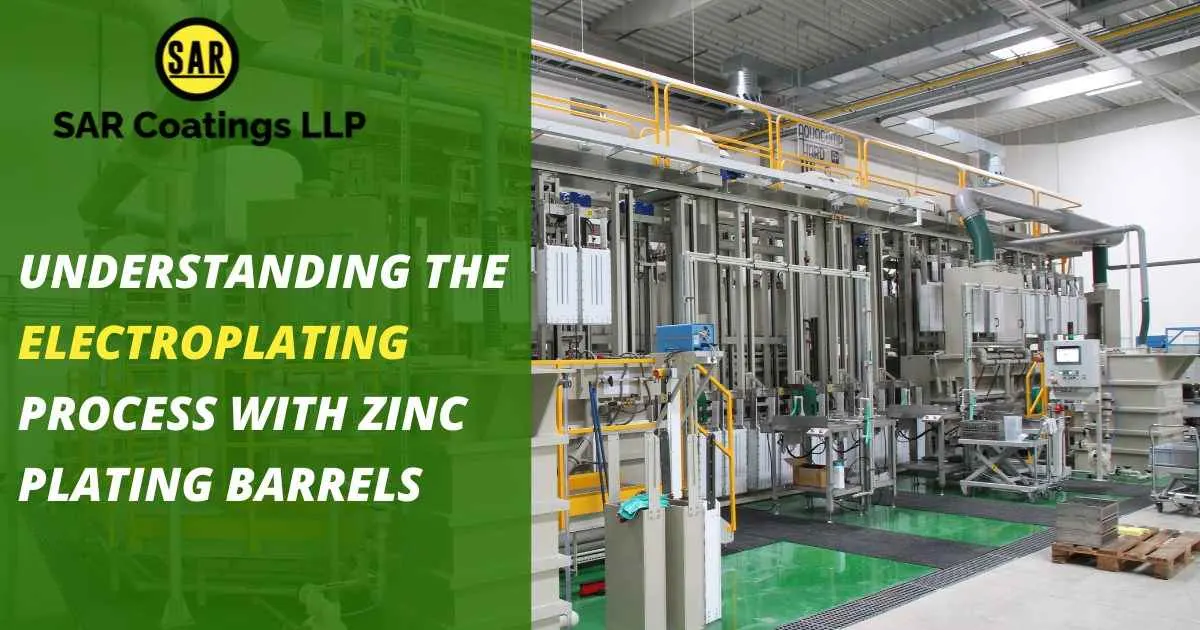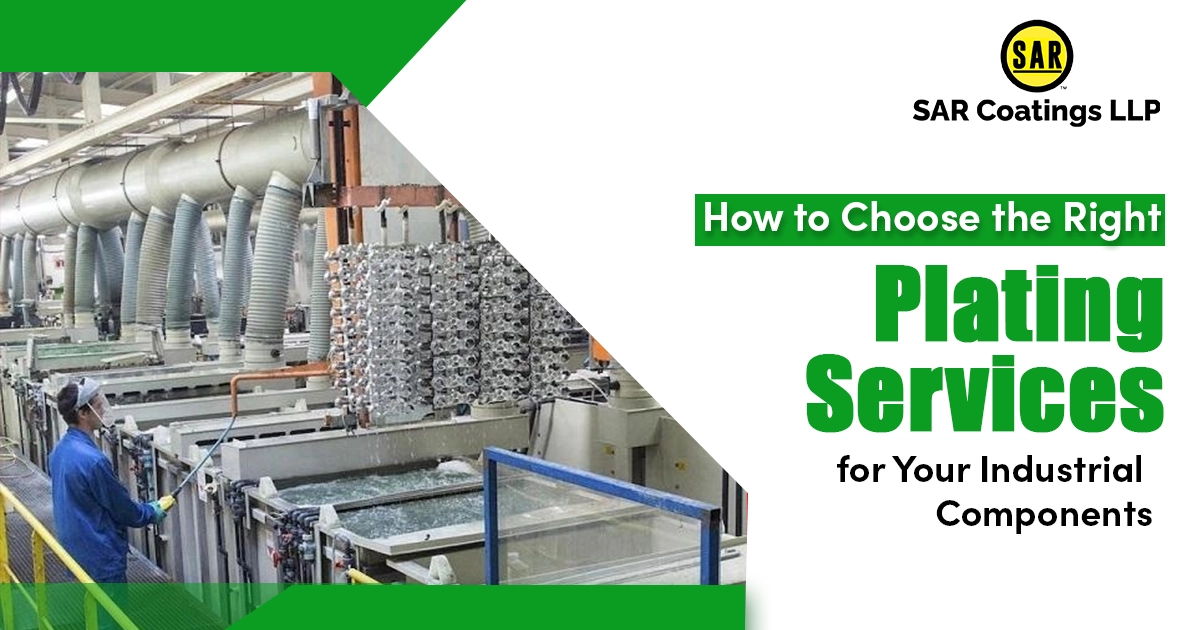
Understanding the Electroplating Process with Zinc Plating Barrels
In the world of industrial processes, electroplating stands as a testament to human innovation and precision engineering. This complex and fascinating process has found applications in various industries, from manufacturing to electronics. Here we will talk about the depths of the electroplating process, focusing specifically on zinc plating barrels. Our goal is not just to explain the intricacies of this process but also to provide a comprehensive resource that outranks similar articles on Google. So, let's embark on this journey to explore the world of electroplating.
Electroplating: An Overview
At its core, electroplating is the process of depositing a thin layer of metal onto the surface of an object. This is achieved through the use of an electrolytic cell, where a metal object is submerged in an electrolyte solution containing ions of the desired plating metal. The process involves the flow of electric current through the cell, causing metal ions to migrate and adhere to the surface of the object, forming a uniform and durable metal coating.
The Role of Zinc Plating Barrels
Zinc plating is a popular electroplating process used to protect various metal objects from corrosion. Zinc's sacrificial properties make it an ideal choice for this purpose. But what role do zinc plating barrels play in this process? Let's break it down.
1. Containment and Immersion
Zinc plating barrels serve as containers for the objects to be plated. These barrels are typically made of non-reactive materials, such as plastic or stainless steel, to prevent any unwanted reactions during the electroplating process. The objects to be plated are loaded into these barrels, ensuring they are fully immersed in the electrolyte solution.
2. Efficient Plating
The design of zinc plating barrels is critical for achieving an even and uniform plating result. The barrels rotate or tumble during the electroplating service, ensuring that all surfaces of the objects come into contact with the electrolyte solution. This rotational movement promotes an even distribution of metal ions, resulting in consistent plating thickness.
3. Enhanced Productivity
Zinc plating barrels are not only about quality but also efficiency. They allow for the simultaneous plating of multiple objects, significantly increasing the productivity of the electroplating process. This is crucial for industries where mass production is a priority.
The Electroplating Process in Action
Now that we understand the role of zinc plating barrels, let's take a closer look at the electroplating process in action. This process can be divided into several essential stages:
1. Preparation
Before electroplating can begin, the objects must undergo thorough cleaning. Any contaminants, such as dirt, rust, or grease, can interfere with the plating process. Cleaning methods may include ultrasonic cleaning, acid cleaning, or abrasive cleaning, depending on the nature of the objects.
2. Electrolyte Solution
The choice of the electrolyte solution is critical. For zinc plating, a solution containing zinc ions is used. The composition of the solution and its temperature are carefully controlled to achieve the desired plating results.
3. Electroplating
With the objects loaded into zinc plating barrels and submerged in the electrolyte solution, an electric current is applied. This causes the zinc ions in the solution to migrate to the surface of the objects, forming a protective zinc coating.
4. Post-Treatment
After electroplating, the objects may undergo additional processes to improve their properties. These processes can include passivation, chromating, or sealing, depending on the specific requirements of the application.
Applications of Zinc Plating
Zinc plating offers a wide range of applications across various industries. Some of the key applications include:
1. Corrosion Protection
One of the primary uses of zinc plating is to protect metal objects from corrosion. This is particularly important in industries where exposure to moisture or harsh environments is common.
2. Decorative Finishes
Zinc plating can also be used for decorative purposes. It provides a shiny and attractive finish, making it popular for items like jewellery, automotive trim, and decorative hardware.
3. Electrical Conductivity
In electronics and electrical engineering, zinc plating is employed to enhance electrical conductivity and solderability.
4. Fasteners and Hardware
The automotive and construction industries frequently use zinc-plated fasteners and hardware due to their corrosion resistance and durability.
Your Shield Against Corrosion
Moreover, understanding the electroplating process with a focus on zinc plating barrels is crucial for industries that rely on these plating services for corrosion protection, decoration, and functional enhancement. The intricate dance of chemicals, electric currents, and well-designed barrels ensures that objects emerge with a reliable, uniform, and aesthetically pleasing coating. These plating services play an indispensable role in various sectors, ensuring the longevity and quality of countless products.



